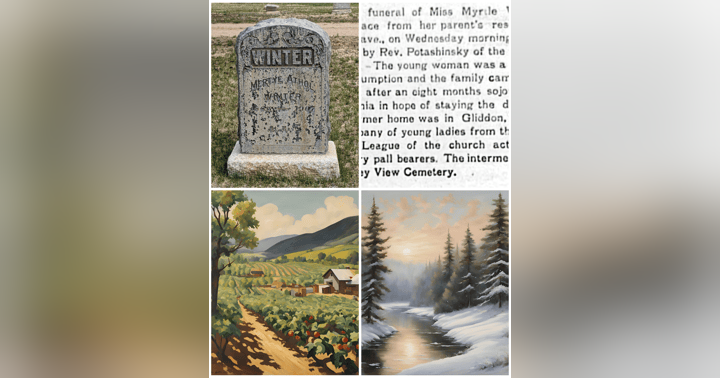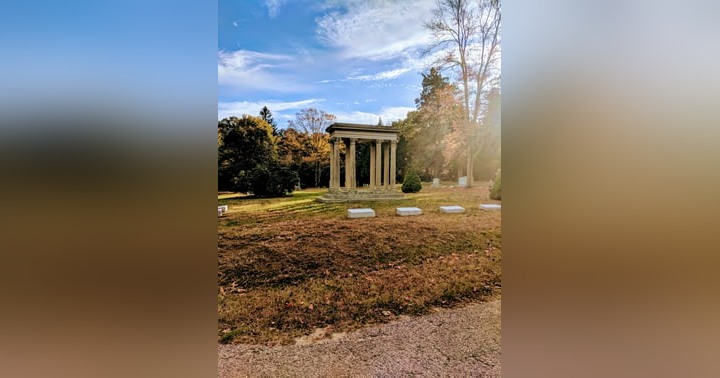Skagway, Alaska: The Final Outpost to the Klondike

Before the arrival of the Anglos in 1887, the region comprising Skagway and its environs was home to the Tlingit people, known as the People of the Tides. The Tlingit were and still are skilled mariners, fishermen, hunters, gatherers, and traders. In June 1887, Skookum Jim, a Tlingit packer from Dyea and Tagish, guided steamship Captain William Moore, a member of Canada's Ogilvie survey party, through a new pass in the Skaqua river valley. This pass was later named White Pass in honor of the Canadian Interior minister. In October of the same year, Moore and his son, Bernard, claimed 160 acres in the valley floor, constructing a cabin and dock, and named the place Mooresville.
In 1894-95, the first group of prospectors arrived in search of gold by following Captain Moore's trail over White Pass. On August 16, 1896, gold was found by Skookum Jim, George W. Carmack, and Dawson Charlie on Rabbit Creek, later renamed Bonanza, a tributary of the Klondike River, 600 miles from Skagway. They staked their claim, altering the area's history forever. By July 1897, the monumental gold discovery had spread globally, attracting thousands of hopeful individuals to Mooresville in pursuit of their fortunes. While many of these stampeders continued to the gold fields, some opted to stay in Skagway, establishing a new community.
Unlike many boomtowns of the Gold Rush era, Skagway never completely died away even after gold was no longer its primary source of income. The people of Skagway have remained resilient in the face of adversity and Skagway’s history is rich with stories that extend into today and there is no doubt they will continue to make history in the future. While there were many families who settled in Skagway and made it their home, it was at times a rough and tumble place to be. There were many who were there to scam those who planned to work hard and honestly for their living and many lost their lives as a result of murder, either because of their nefarious deeds or because they were defending themselves and their belongings. P.C. Bean was shot to death near Porcupine Hill. Patrick Brarmon was shot and killed in the Klondyke Saloon. Thomas Doucan was a local barber who first killed William M. Wray, a close friend, before turning the gun on himself. According to their death certificates, Bert Horton and his wife Florence Oliver Horton were murdered by “Indians”. Three year old Virginia Hukill was poisoned by her nursemaid who gave her something to keep her from crying. And George Johnson met his end when he was shot and killed by one of the local “ladies of the night”.
Gold Rush’s most well-known murder victims are Frank H. Reid and Jefferson R. “Soapy” Smith who ultimately ended up killing each other. Frank Reid has the most impressive stone monument nearly in the center of the cemetery. Carved of granite and surrounded by curbing, the inscription reads, “Frank H. Reid - Died July 20, 1898 - Aged 54 Yrs - He gave his life for the honor of Skagway.”
In April of 1894 Soapy and his brother were accused of murder. His brother was arrested, but Soapy managed to “slip” through the law's hands. When the Klondike Gold Rush began in 1897, Soapy saw all sorts of new opportunities and soon made his new home in Skagway, Alaska. Like he had someone other mining camps, it didn’t take him long to claim himself as “boss” of the town. Working from his saloon named Jeff Smith’s Parlor, Soapy’s cons began in earnest. Some of Skagway's citizens were not so impressed with Soapy, whose heavy drinking and black temper had begun to get entirely out of hand.
on July 8, 1898, a group of vigilantes organized a meeting in Juneau, Alaska in order to deal with Soapy and his gang. Hearing of the meeting, Soapy decided to attend, arriving with a Winchester rifle draped over his shoulder. He was prevented from entering the meeting by four guards, one of the guards being Frank Reid. Frank and Soapy began to argue and it wasn’t long before they both pulled their weapons firing upon each other. Smith’s last words were reported to be, “My God, don’t shoot!” Soapy Smith was killed instantly. Frank Reid was taken to the local hospital where he clung to life for 12 more days, finally dying on July 20, 1898.
At the time of their deaths, Frank Reid was hailed as a town hero and Soapy Smith was no more than a common criminal. Reid was buried with honors with an elaborate funeral in the center of the cemetery. Soapy Smith, who had been honored as the Marshall of Skagway’s first 4th of July parade just days before his death, was deemed unworthy of a respectable burial for his crimes and was buried 3 feet outside the perimeter of the cemetery.
Historical records show that the first burial in Gold Rush cemetery took place in early 1898 once the ground had thawed. Following a single burial and scattering of ashes in 1943, the cemetery saw minimal use after 1908 when the Pioneer Cemetery was established. The Gold Rush Cemetery has a total of 174 recorded burials, with four additional graves situated next to the original cemetery. The resting places of 41 individuals remain unknown, and the identities of those buried at 13 known sites are also a mystery. Adding complexity, there are 37 documented deaths in Skagway during the Gold Rush Cemetery's active years with no corresponding burial records. Since the 1920s, the Gold Rush Cemetery has been a popular attraction for Skagway tours, thanks to tour operator Martin Itjen, who introduced visitors to the site and created trails, handrails, and informational signs.















